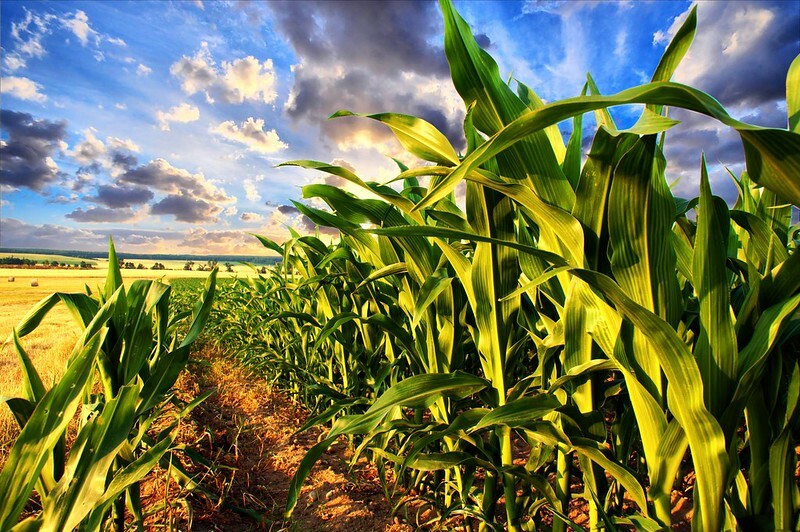Eastern Europe’s Scorching Summer Damages Corn Prospects

Scorching heat across eastern Europe and the Black Sea region is withering corn at a crucial time in the crop’s development, driving concerns of a supply squeeze.
Temperatures have crossed 38C (100F) in Ukraine — a top global corn shipper. Romania — one of the European Union’s main producers — is in the midst of a drought. The harsh weather comes as the crop is at a critical pollinating stage. The heat could prevent kernels forming or cause existing plants to shrivel.
“Ten days in July we observed temperatures above 35 degrees. No bees pollinate at these temperatures,” Tetiana Adamenko, the head of the agriculture department at Ukraine’s National Hydrometeorology Center, said by phone. “It looks preliminarily like the corn harvest is going to be 20 to 30% lower than expected.”
The country’s corn exports are expected to decline about a fifth in the 2024-25 season, with planting areas and yields both lower. Strategie Grains has revised down its estimates for the European Union’s corn crop slightly, in its latest report.
Romania plans to ask the European Union for help in compensating its farmers for more than €500 million ($546 million) in crop damage to over 2 million hectares of the country’s corn and sunflower, Agriculture Minister Florin Barbu said in an interview to state-run state news agency Agerpres.
A dip in corn production risks shrinking stockpiles and pushing up costs to feed livestock herds in the continent — with local prices bucking the recent downturn in benchmark Chicago futures. The crop damage also highlights the risks to food security and living costs as climate change impacts farmers across the globe.

Record high temperatures were reported in several Ukrainian cities this month and Bulgaria and Romania both had their hottest June on record. Romania has warned temperatures may exceed 40C until at least Wednesday, impacting water reserves for both agriculture and electricity production, according to Energy Minister Sebastian Burduja.
“It’s not only lack of precipitation, now it’s the water reserve of the soil,” said Marius Somesan, a farmer in Teleorman in Romania who grows wheat, barley, sunflowers and a small amount of corn. Even after digging as much as a meter into the earth, he said there is no water as “everything is drying up. All the water was taken by the plants already.”
Read also
Wheat in Southern Brazil Impacted by Dry Weather and Frosts
Oilseed Industry. Leaders and Strategies in the Times of a Great Change
Black Sea & Danube Region: Oilseed and Vegoil Markets Within Ongoing Transfor...
Serbia. The drought will cause extremely high losses for farmers this year
2023/24 Safrinha Corn in Brazil 91% Harvested
Write to us
Our manager will contact you soon



